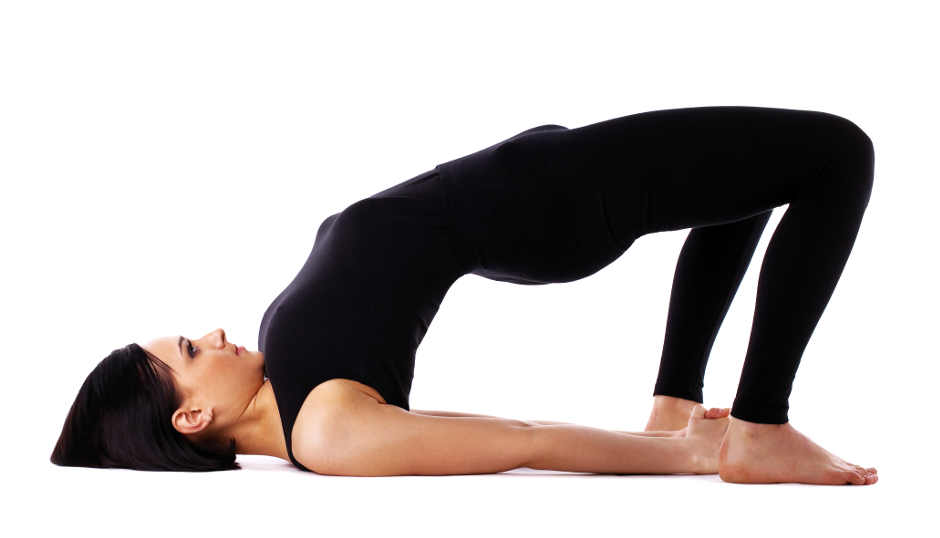 Interview with Yoga Teacher – Sami
Interview with Yoga Teacher – Sami
Q: Namaste, which yoga practices help support the reproductive system?
Sami: All yoga practices and yoga meditation help the reproductive system by lowering our stress levels, and calming and balancing our mind and emotions. Our nervous system affects our whole endocrine system, of which the reproductive system is a part, and depending on our stress levels our body’s general homeostasis can be affected as well as specific effects such as increasing or decreasing our metabolism.
Q: Can you give us an example of this?
Sami: Yes, I know someone who had polycystic ovary syndrome, who, by adopting these yoga practices and living a yoga lifestyle they were able to successfully turn this syndrome around. When they were first diagnosed with it they were told they would most likely not be able to have children and although it did take them 10 years to get the all clear from their doctor they are now happily a mum of healthy children, so adopting yoga practices and a yoga life style certainly helped their reproductive system to function.
Q: How did the yoga practices and yoga lifestyle help improve the health of their reproductive system?
Sami: They changed from their old lifestyle (unhealthy, stressed and erratic) to a yoga lifestyle (healthy, calm and routine). They took up yoga practices like yoga meditation, yoga asanas, pranayama and yoga nidra to learn to deal with stress and to help change their perspective on life and how they lived it. This then helped them lead a balanced life in all respects.
 Q: Are there any yoga asanas that can help our reproductive system functioning?
Q: Are there any yoga asanas that can help our reproductive system functioning?
Sami: Yes. There are certain yoga asanas that can help to strengthen core muscles around the reproductive organs. This in turn helps their functioning by keeping the fascia and meridians actively supporting and communicating with the internal bodily tissues. Boat pose, crow, plank and arm balances are great for strengthening the core musculature and low back. Poses like shoulder stands, bridge pose and restorative poses also help to stimulate the major glands which may help with hormone production.
Q: How do yoga asanas help our reproductive system?
Sami: They boost hormone production by stimulating the major reproductive glands. Forward bends can help to alleviate premenstrual syndrome by increasing the flow of oxygen-rich blood to the reproductive organs.
Also, doing a shoulder stand or bridge pose will help with thyroid hormone production. The supported plough pose and any restorative pose like child pose, inversions and hero (but supported with a bolster under the knees) are all good for both male and female hormone production.
Q: Are there any contraindications to practicing yoga when you are pregnant, menstruating or during menopause?
Sami: During pregnancy and especially after 20 weeks you need to be careful of lying on your back because the weight of the foetus rests on the vena cava artery and can cut off circulation to the mother and child. It is very important to always listen to your body and if you don’t feel something is right don’t do it, better to be careful and not let your ego take control.
Doing inverted poses while you are menstruating is a contraindication too. The idea is for blood and uterine lining to flow out of the body, so doing an inverted pose at this time goes against the body’s natural processes. Yoga can help the transition during menopause because it is about being balanced, and promotes relaxation and gives renewed purpose to your life.
 Q: Is there anything you would like to add?
Q: Is there anything you would like to add?
Sami: Yes, sometimes it is helpful to think in terms of chronic imbalances instead of chronic diseases. This can open the mind up to the possibility of change. The yoga life style is a balanced lifestyle. Adjuncts to this are the importance of engaging in regular yoga practices and leading a healthy lifestyle. That can mean having a routine for your yoga practices, getting enough good quality sleep, quality nutrition and water. For example, eating and drinking quality food and water means that the prana or life force is still present making what you eat and drink vibrant and therefore healthy. Filtered water is better than water straight out of the tap. Home grown vegetables taste better and are better for you than food that’s been grown and transported from across the world and then stored in a cold room. In the latter case a lot of the prana has left, and there are a lot less chemicals in organic food and filtered water and that has a positive effect on our health too, especially our endocrine system.
Yoga practices and a yoga lifestyle can help boost production of our hormones and then keep them in balance. A woman in the course of her menstrual cycles, or who is pregnant or during peri-menopause can get a glimpse of the state of her health. For example, if you are experiencing painful premenstrual tension, or if you are leading up to menopause and your hormones are out of balance then that is a good time to stop and ask why and what you can do or stop doing to change your life. Ultimately, leading a balanced life will help you to boost low hormone production, and keep them in balance too.
